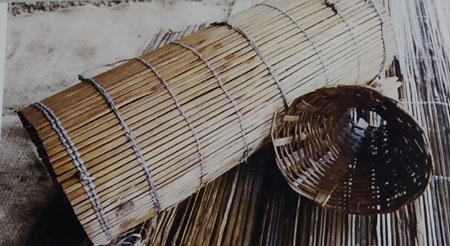
Arts, Painting, Domestic Arts/Crafts, Endangered/ Red List, Murals, Floor art, Wall Art
Kangra Paintings of Himachal Pradesh
Karang paintings originated from Karang district, Himachal Pradesh. This art form has become so popular in Himachal Pradesh that the entire category of Pahari paintings (paintings from the mountainous region) came to be known as Kangra paintings. The Kangra paintings were heavily patronised by the Rajputs and hence carry this influence in their motifs. Along with this, the incorporation of other Pahari paintings, along with the presence on Mughal artists have had a large influence on Kangra paintings. Maharaja Sansar Chand, the ruler during the 18th century, turned Himachal Pradesh into a major centre for Kangra paintings.
Kangra Paintings have no specific dimension. They are painted in small as well as in big sizes on walls, cloth or paper. Rectangular paintings, generally 12 x 16 inches in size, are very popular on fibre paper. A major theme of Kangra Paintings is love. The painters’ favourite text is the Rasikapriyaby the poet Keshav Das, which derives inspiration from the Krishna cult. The Nayak and Nayika in the Rasikapriya are Krishna and Radha, the ideal lovers symbolizing God and the Soul. All great art is inspired by religion. The paintings and sculpture of Ajanta and the great monuments of Borobudur in Java were inspired by Buddhism, while Christianity influenced the paintings in medieval Italy and Spain. Thus, Kangra art is the visual expression of a cultural movement which had its roots in a great spiritual upsurge. Kangra Painting is not a sudden development unrelated to the life of northern India, but is the culmination of the spiritual and literary revival of Hinduism.
Gallery
YOUR VIEWS
PRACTITIONERS: INDIA
Access 70,000+ practitioners in 2500+ crafts across India.
BIBLIOGRAPHY
10,000+ listings on arts, crafts, design, heritage, culture etc.
GLOSSARY
Rich and often unfamiliar vocabulary of crafts and textiles.
SHOP at India InCH
Needs to be written.





